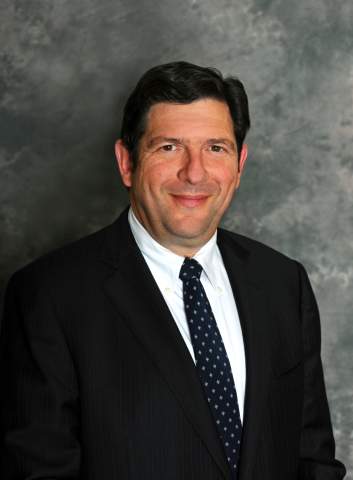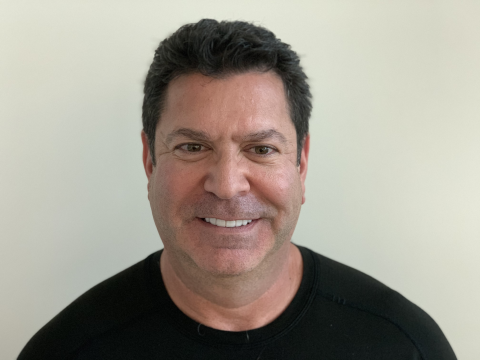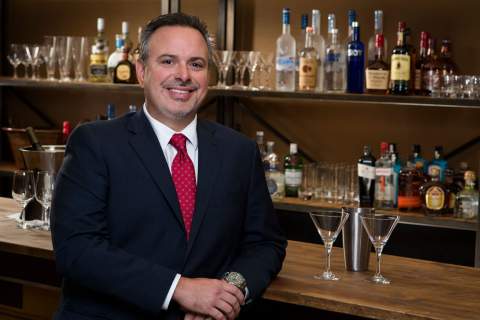This webinar was hosted by Charlie Merinoff, Co-Chairman of Breakthru Beverage Group, industry veteran, and WSWA Brand Battle judge. He was joined by a panel of product expansion and business development experts to discuss what strategies and considerations craft, startup, or small production wine and spirits brands should examine when pitching distributors. Topics included what makes a product special and stand out from the rest? How to develop and implement marketing strategies for growth? How to develop and work strategic partnerships? Recorded on April 8, 2021.
KEY TAKEAWAYS:
-
Know who you are - Are you going to be a house of brands or a branded house? Brand Positioning is more than just being a specific product within a product category, you should know your brand philosophy and how you plan to develop and grow with intention. There are a lot of brands that distributors are focused on everyday – It’s up to you to take ownership of the process and be intentional about how you build your business model. You have to make yourself a valuable partner and not a distraction.
-
Know your brand story – What makes you passionate about your brand? What makes Your brand different? What unique properties set you apart from the 300-400 pitches that distributors sit through a month? This can range from your product itself, your liquid credentials, to your team’s background to give a distributor confidence that you can deliver.
-
The field is crowded with products, there is no lack of product today in the marketplace in every category. Each product is unique, but that doesn’t make them unique within the minds of consumers. Here’s how our panelists innovated within crowded product categories to set their brands apart:
-
Luis Gonzalez of Old Elk focused on a proprietary high-malt mash and innovating within the bourbon cream space. He recommends meeting with distributors at the start of the development process to ensure that you are correctly identifying a gap in marketplace.
-
John Bilello of Sweet Amber Distilling and Blackend American Whiskey, made a conscious choice at the beginning of their partnership with band Metallica and late industry veteran Dave Pickerel to focus on liquid credentials over the celebrity presence. Sweet Amber Distilling used the unique properties of low-frequency sound to innovate the distilling process and enhance the flavor profile. His team focuses on 80 percent brand (liquid credentials) and 20 percent band to bring awareness to the product.
-
It all starts with a plan – build a plan, work a plan and the numbers will come. Take the time to build a business plan that is centered around what will make your brand a value add to a distributors book. Focus on (1) Margin Growth Strategies and savings downstream that can be passed on to your distributor partner; (2) Product Value, Positioning and Price Points that are honest, balanced and match the velocity reflected in your 10-year business plan; and finally (3) Scalability that allows your distributor to put your product on shelves routinely and meets consumer demand.
-
Are you reasonably funded to achieve your goals? Distributors have huge books and every new product is a gamble. As a supplier you have to show a distributor that you have the resources to achieve your stated goals. If your business plan revolves around success off-premise, you need ample resources support point-of-sale trade, in-store tastings and the like. Similarly, if your business plan revolves around success on-premise, you need ample resources to support on-premise activations and events. Most importantly, how can you support your distributor’s efforts on the ground? Every new market requires an influx of sales resources and attention – boots on the ground.
CONTACTS:
-
Media Inqiuries: Send follow-up questions to Michael Bilello at michael@wswa.org
-
Interested in sponsoring a WSWA webinar? Contact Nicole Anderson at nicole@wswa.org





